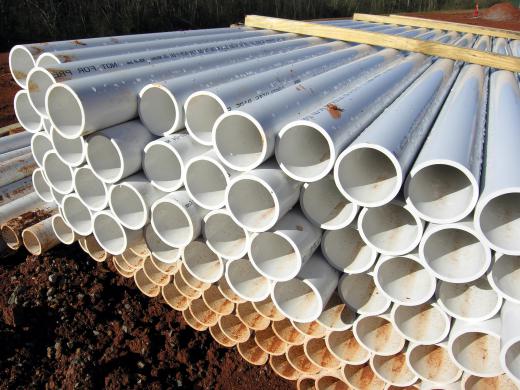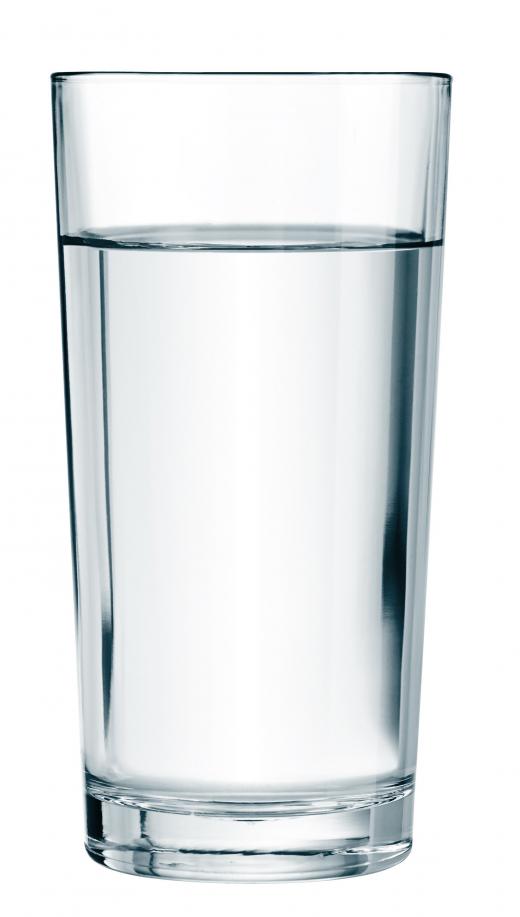A rope pump is a type of water pump often used in developing countries to provide drinking water and assist in sanitation projects. The simple device consists heavy rope threaded through a length of polyvinyl chloride (PVC) pipe. The rope is knotted or has washer-like devices attached at about eight inch (20 cm) intervals. One end of the pipe is submerged and the rope is pulled through, raising the water. Rope pumps can be powered by hand, motor, wind or animal power.
The technology involved in a rope pump is simple and the design is in the public domain. A functional form of the pump can be fashioned from a number of items that are widely and readily available. There are design recommendations, however, that greatly enhance the effectiveness of a rope pump for only a modest increase in cost.

The pumping elements are the rope and its attached washers or pistons. Typically, the rope used is made of polypropylene fiber. It passes through a hole in the center of a piston, and the piston is secured with a knot immediately below and above it. The size of the pistons is determined by the diameter of the PVC pipe used, which in turn is determined by the depth of the well. The diameter of the pipe is inversely proportional to the depth of the well.

Since standard sized PVC pipes are used for all applicable well depths, the various piston sizes can be produced in advance and in quantity. After passing the rope and its attached pistons through the pipe, the ends of the rope are braided together to form an endless chain. The submerged end of the pipe rests in a guide that assures the proper entry of the pistons into the pipe and helps maintain sufficient tautness on the rope. At the well head, the rope passes over a pulley wheel that is attached to a support structure on the well cover.
The wheel assembly can be configured to work with either a hand crank or be motor driven. When the wheel is turned and the pipe fills with water, the pumping action begins. The weight of the water in the pipe is distributed downward with equal pressure over each of the pistons. Each individual piston pushes the water upward.
Inherent in the design of the rope pump is a loss of efficiency due to friction and water leakage. A properly designed and constructed rope pump can achieve 80-85 percent efficiency, however. Operated by a single person, about 10 gallons (38 l) of water per minute can be pumped from a depth of 33 feet (10 m). A rope pump can be put into place for a small fraction of the price of a traditional water pump.
